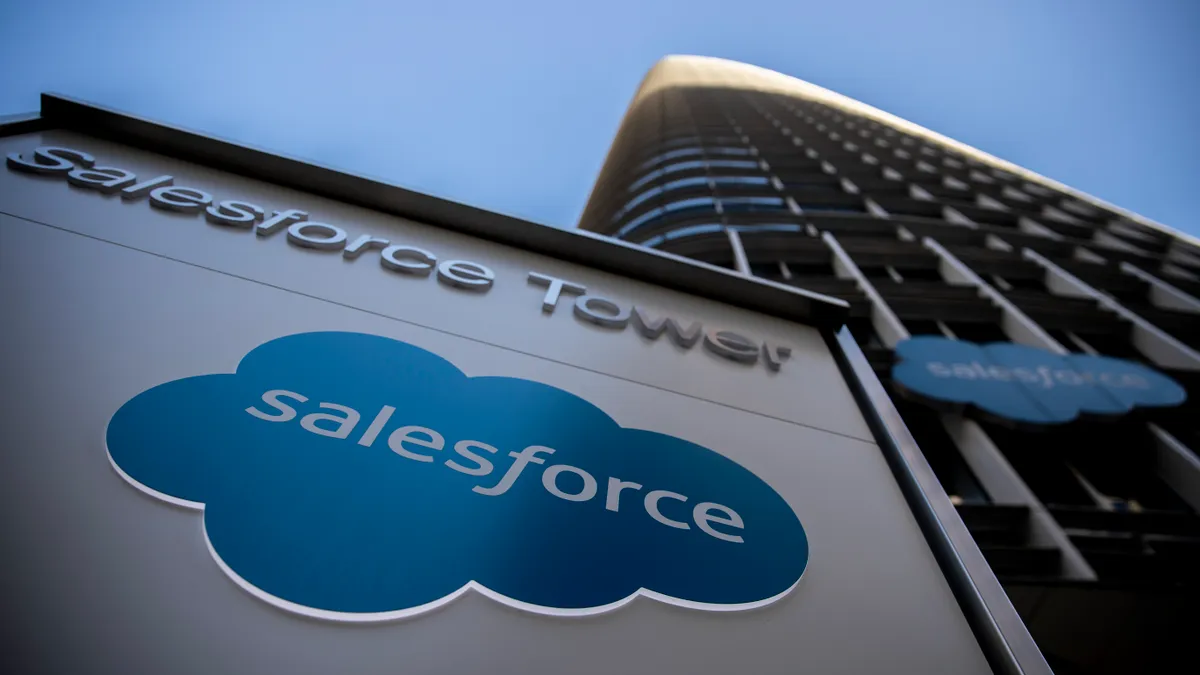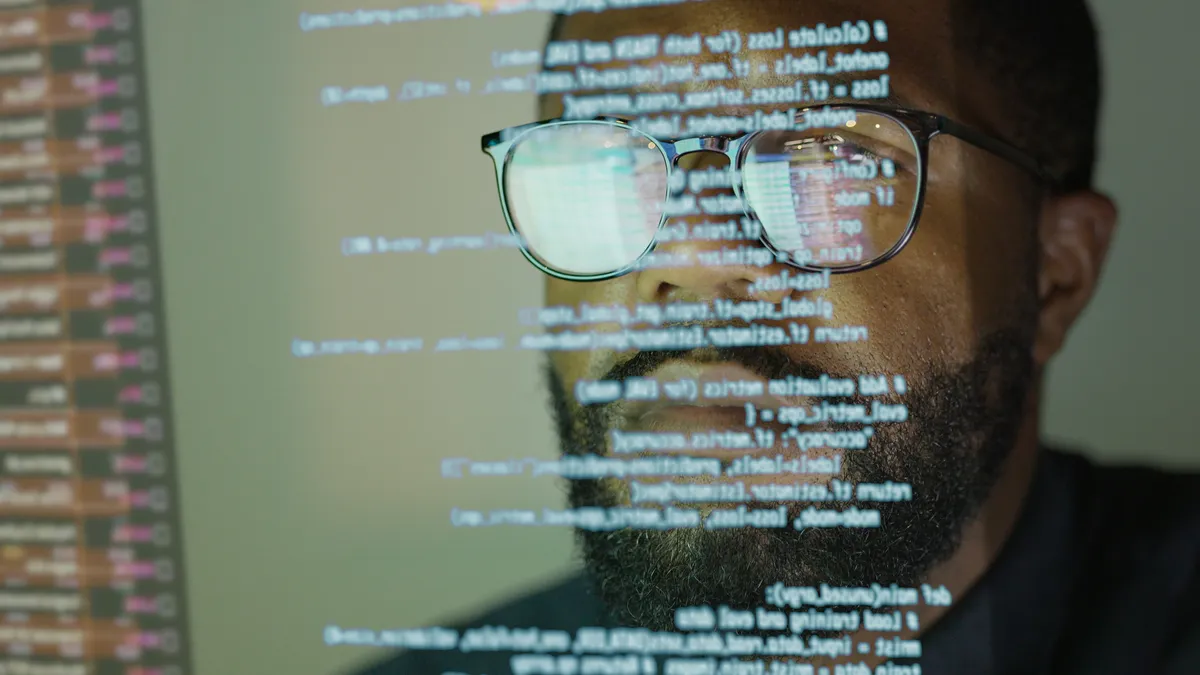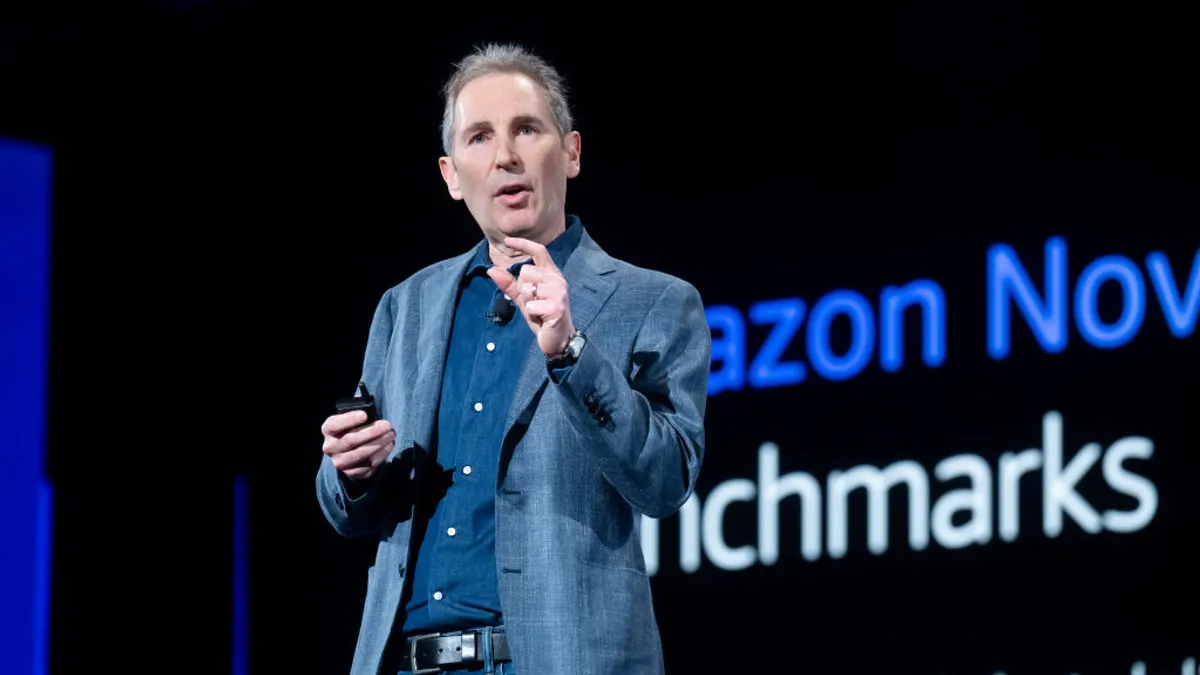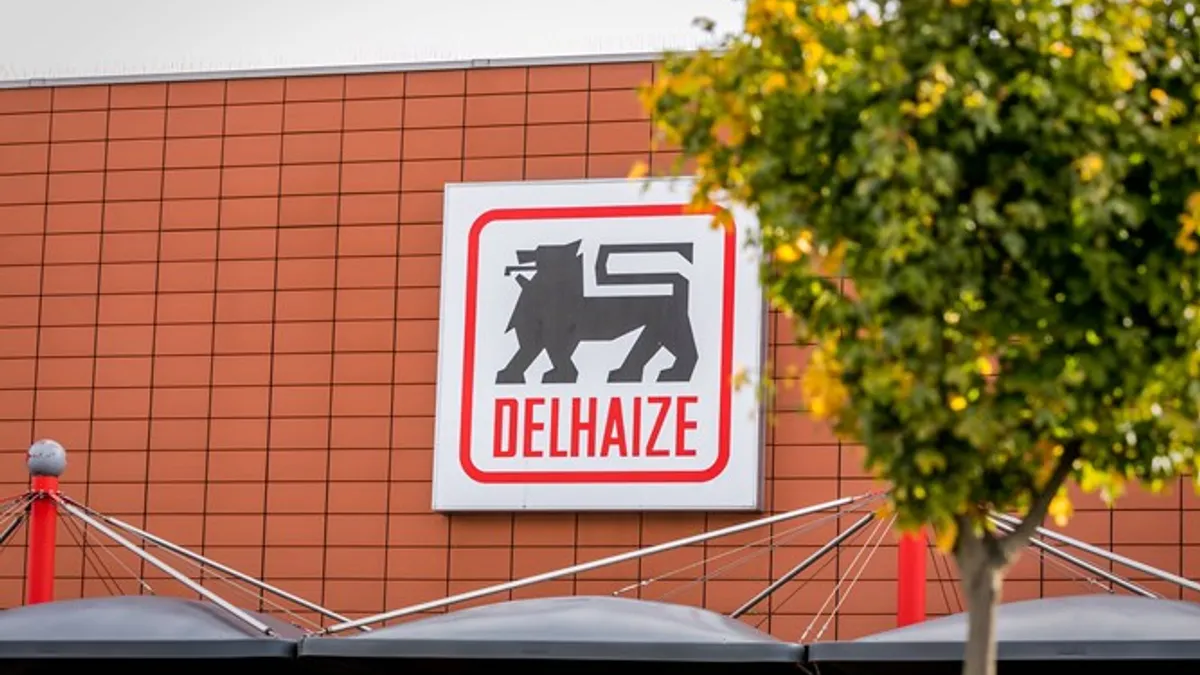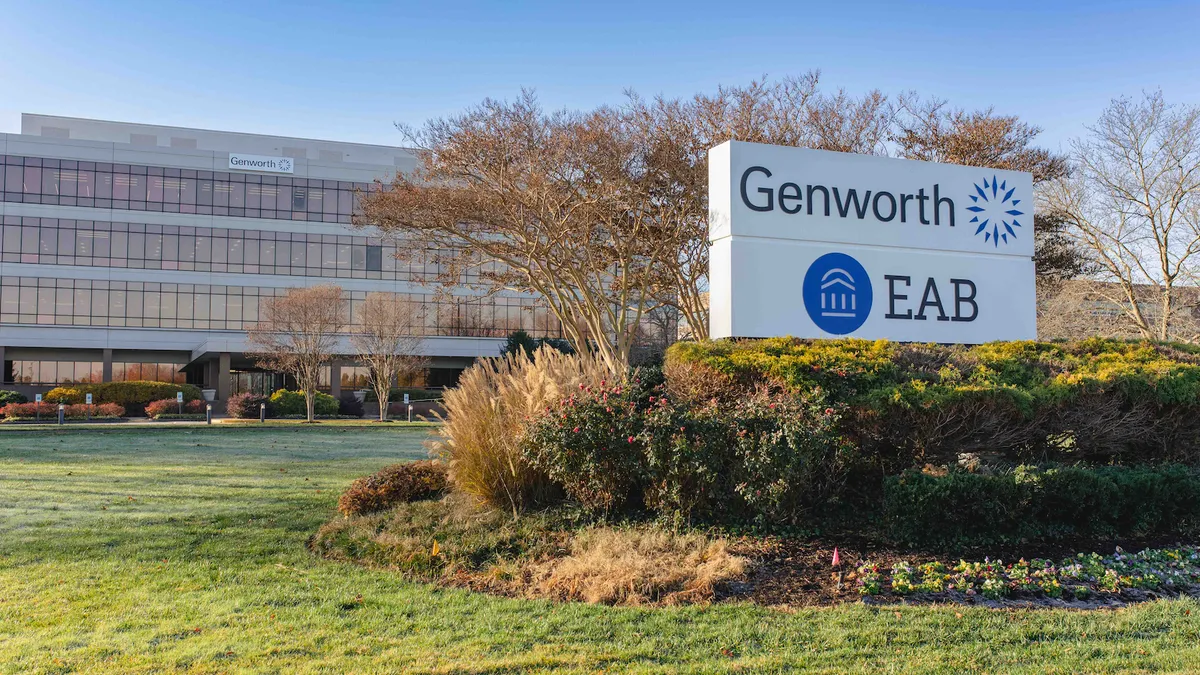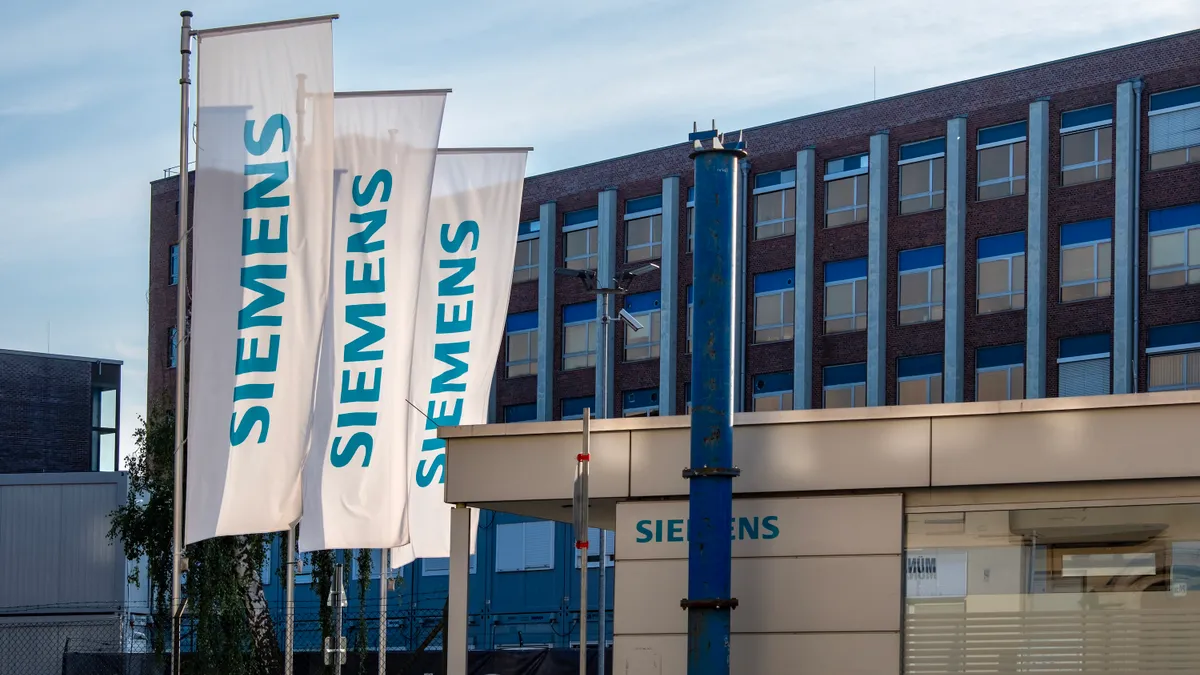The following is a guest article by Yaacov Cohen, CEO of harmon.ie.
Enterprise organizations have invested heavily in IT infrastructure. Now they are working to augment existing systems with flexible cloud services subscriptions that promise to automate processes, solve complex challenges and facilitate new innovations to help them outpace competitors. This is leading to an enormous proliferation of cloud apps in the enterprise, with the average organization using more than 900 cloud services.
Yet when it comes to cloud app usage, organizations are taking the wrong approach. Instead of boosting productivity and output, the current mess model of disjointed cloud services is over-complicating the digital workplace experience. Why? Because the human brain cannot assimilate information coming from 900+ apps in any meaningful way. It is simply too much disconnected information.
The brain: The origins of organization
Our brains are natural organizers. They are wired to put everything in order and connects related topics by associations. The brain creates connections and relationships between everything so we can make sense of what we see, hear, touch, taste and smell.
For example, hearing a barking sound, feeling soft fur, and seeing a four-footed silhouette would trigger the recognition of a "dog."
In our brains, real-world experience, association and meaning go hand-in-hand. So in our dog example, identifying the overall topic of "golden retriever" might trigger an association with the experience "allergy," which might then trigger the action "to get away fast!"
Medical studies using MRI scans of subjects' brains while they listen to stories or watch videos revealed that the same areas of the brain light up when a person hears or sees similar words or concepts. Captured in an interactive map, this phenomenon depicts a thesaurus of sorts, showing how the brain organizes these concepts, associations and resulting categories. It illustrates how people’s thought patterns naturally flow from one topic to another related one, rather than disjointedly jumping between differing subjects.
Despite being hardwired with this associative way of thinking, most people in the workforce (and in most aspects of life) multitask regularly. But a juggling act between talking on the phone, writing an email and sending a text message simultaneously — or, jumping from one topic to another unrelated topic — has been shown to impair cognitive control and hinder productivity.
Rethinking the enterprise app dynamic
A recent workforce productivity study by Bain & Company shows that the average organization loses more than 20% — or, more than one day each week — of its productive capacity to "organizational drag," or the existing structures and processes that inhibit productivity.
In many cases, the organization itself is getting in the way of people actually getting things done. Last year, Harvard Business Review reported that this widespread organizational drag problem costs the economy more than $3 trillion each year in lost output.
Case in point is the current surge in enterprise apps. While they undoubtedly serve a positive and progressive purpose, they have also clouded the view of the "bigger picture" and contributed to collective information overload. Workers are struggling to use all these apps and services effectively. Paradoxically, the more apps they have, the harder it is to be productive.
For example, an organization may have a comprehensive CRM system like Salesforce to track customer activities, but it is completely disconnected from the help desk, which is disconnected from documents shared with the sales team and email correspondence exchanged with customers.
It’s easy to see how this breakdown results in confusion, wasted time toggling between apps and back-pedaling as workers try to make sense of disconnected information. All of this adds up to lost time and productivity.
The answer is not simply more enterprise apps, nor is it migrating to a single vendor’s cloud. Rather, it is about using the technology we already have in place in better ways. This requires re-imagining the current, highly disparate web of enterprise apps for people who innately require organized, consumable data to do their best work.
In other words, organizations must find ways to overcome the deficiencies of app design by delivering information the way the human brain works. This will help workers digest and focus on the important facts about the topics they care about, such as customers, products, services and projects, in a more logical, intuitive manner that ultimately enables them to become more efficient and productive.
New advances in artificial intelligence technology, such as natural language processing, machine learning and graph technology are helping to bring information together and present it in a way that people can easily understand — by topic. And by empowering workers to focus on these specific topics — customers and products, for example — underlying app complexities can remain hidden, unobtrusive to the end user.
Beyond presenting information in digestible topics, technological developments are enabling deeper contextual connections that allow people to view information based on interest. For example, when reading an email about a customer’s latest project, a sales rep should expect to see all related notifications and updates from other apps and email exchanges on the same screen.
By humanizing technology in this way, we are on the cusp of a new era of computing — "topic computing" — that will revolutionize how humans interact with technology.
In this new world order, AI will not replace humans as some predict, but instead, it will enable humans to make better decisions, while placing them back at the center of the workplace computing experience.






